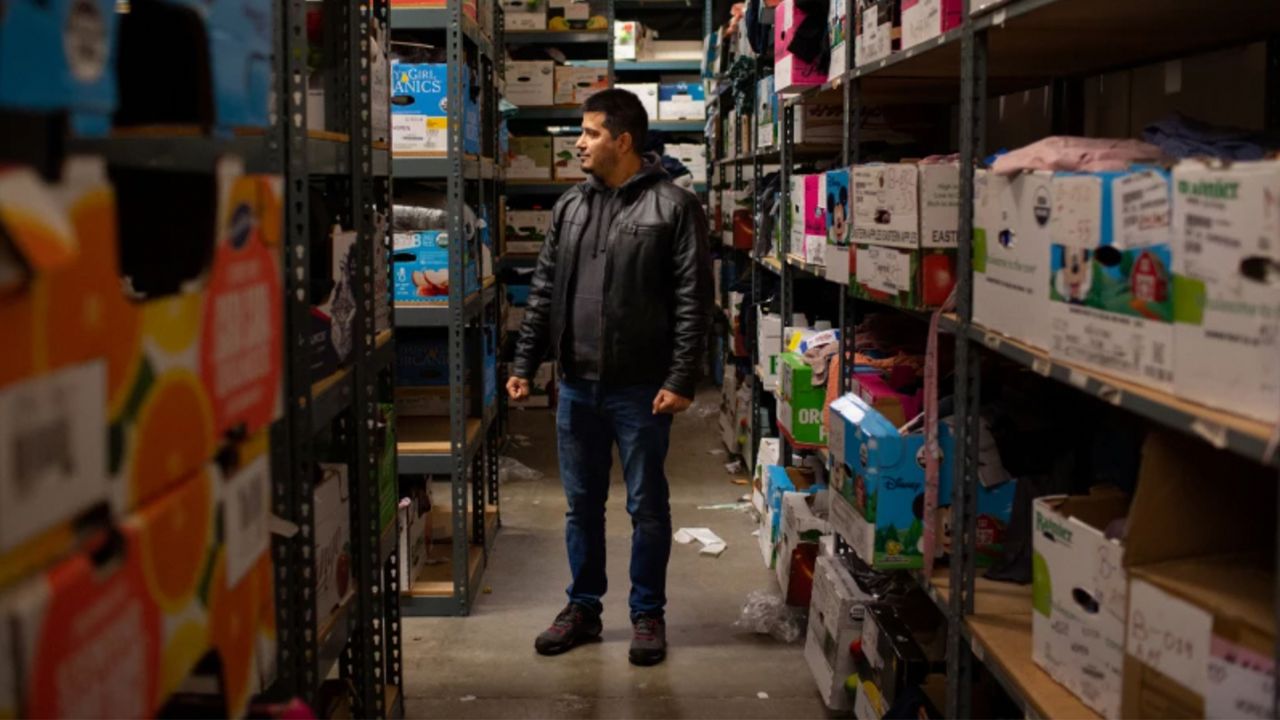WEST HOLLYWOOD, Calif. – When Lorelei Carlson started posting videos with her pet rabbit a few years ago, it was mostly just for fun. But then one of her posts went viral, turning her bunny Lennon into a bona fide YouTube star.
“People were really attracted to the fact that Lennon is completely free-roam and that she was potty trained and I think that was the appeal,” Carlson said.
Today, Carlson’s channel, “Lennon the Bunny," has close to half a million subscribers. Her bunny videos have clocked a combined 60 million views
“She’s a very sweet girl, very social,” Carlson said of Lennon, a female rabbit. “I’ve raised her since she was six weeks old. She’s really not scared of a lot.”
But these days it’s Carlson who is scared of a deadly new virus that’s been killing rabbits across Southern California.
Called Rabbit Hemorrhagic Disease, or RHDV2, the virus can cause internal bleeding and swelling. It’s so deadly, sick rabbits aren't usually discovered until it’s too late.
Which is why Carlson made an appointment for Lennon to get vaccinated, documenting the process for her YouTube fans to try and get the word out.
“I decided to get Lennon vaccinated as soon as the vaccine became available in the U.S.,” she said. “It took a long time for it to get approved by the USDA. We’ve been on a waiting list for almost four months.”
The disease has confounded experts, who say it’s highly lethal for both domestic and wild rabbits. It doesn’t affect humans but it could decimate more than a dozen species of rabbits and the ecosystems they belong to.
Ecologists aren't sure how virus arrived in the U.S., but suspect it came from Europe through rabbit meat or the domestic rabbit trade.
“It’ll stay on your clothes and on your shoes for three and a half months, so it’s really hard to get rid of and you only need a few particles for it to make a rabbit sick,” said Dr. Sari Kanfer of the Exotic Animal Veterinary Center in Pasadena.
Now that Lennon has been vaccinated, Carlson can breathe a little easier, knowing the only thing going viral from now on are her videos.











